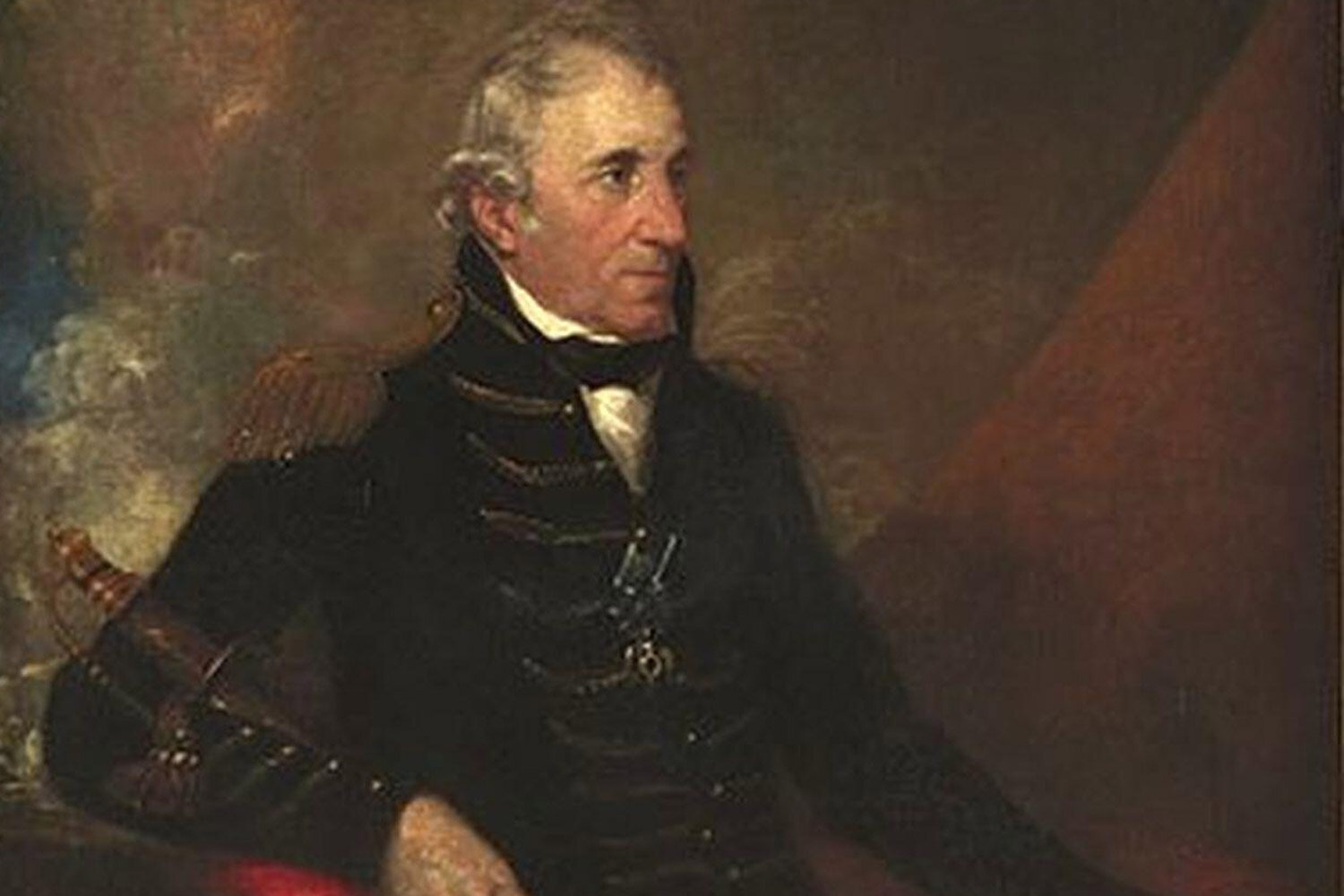Pinckney’s Treaty Encourages Westward Expansion
The Pinckney Treaty ended a border dispute with Spain, opened the Mississippi and New Orleans to commerce and helped bring our nation closer together.
Tom Hand, creator and publisher of Americana Corner, explores how the Pinckney Treaty helped President George Washington achieve two fundamental foreign policy goals – avoid conflicts and improve commercial relations – and why it still matters today.
Images courtesy of the Library of Congress, Yale University Art Gallery, National Portrait Gallery - Smithsonian Institution, Wikipedia.


The Treaty of San Lorenzo, also known as Pinckney’s Treaty, was an agreement signed on October 27, 1795, between the United States and Spain. It settled a dispute between the two nations over the boundary of Spanish Florida and granted navigation rights on the Mississippi River to Americans.